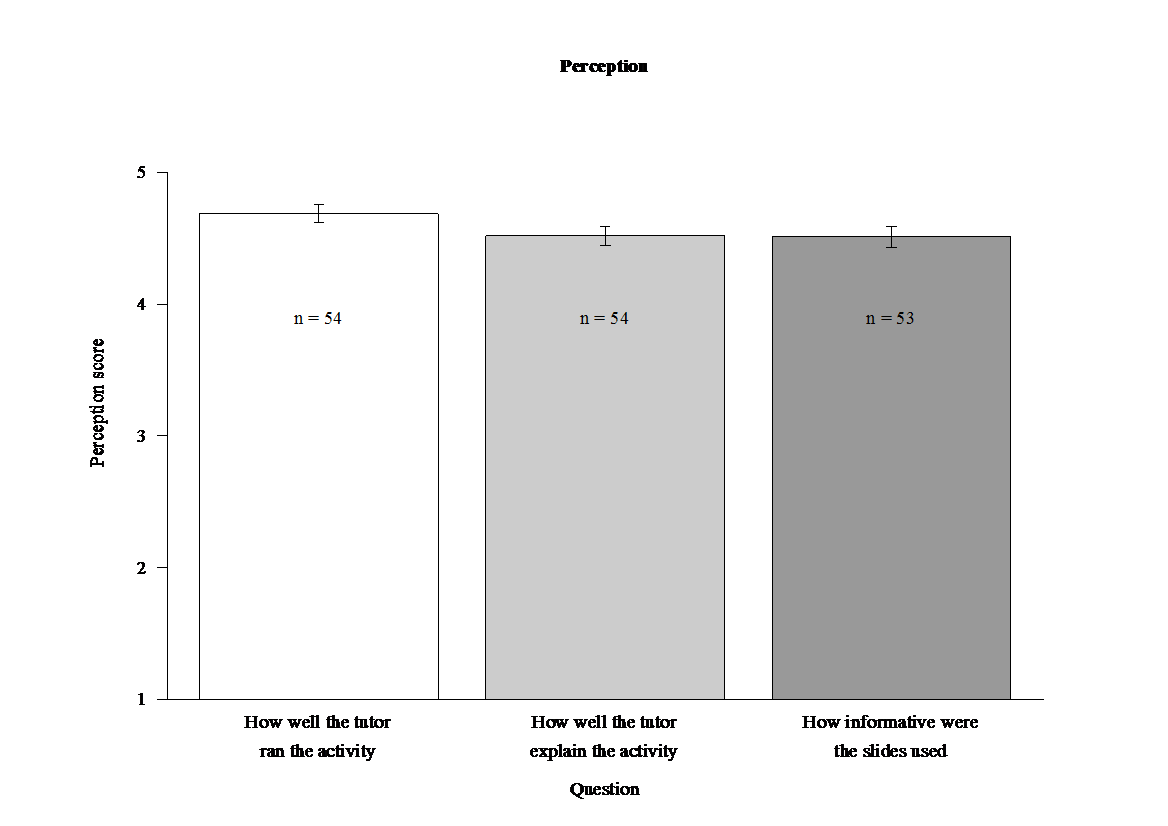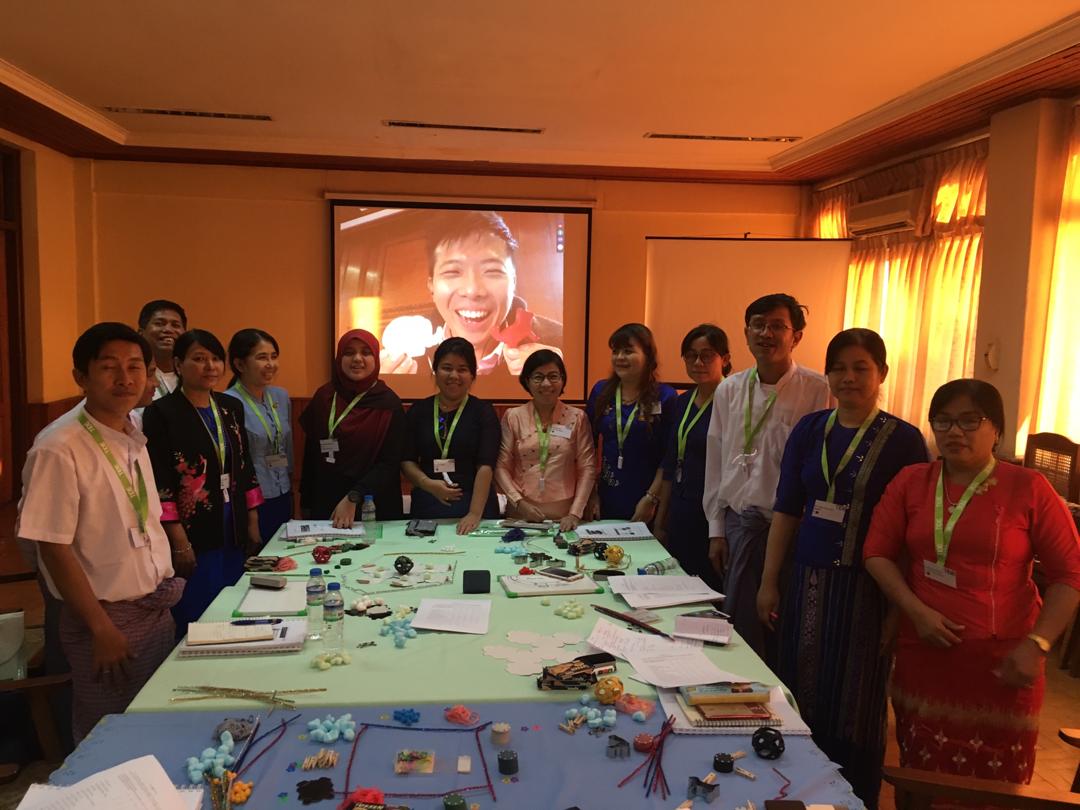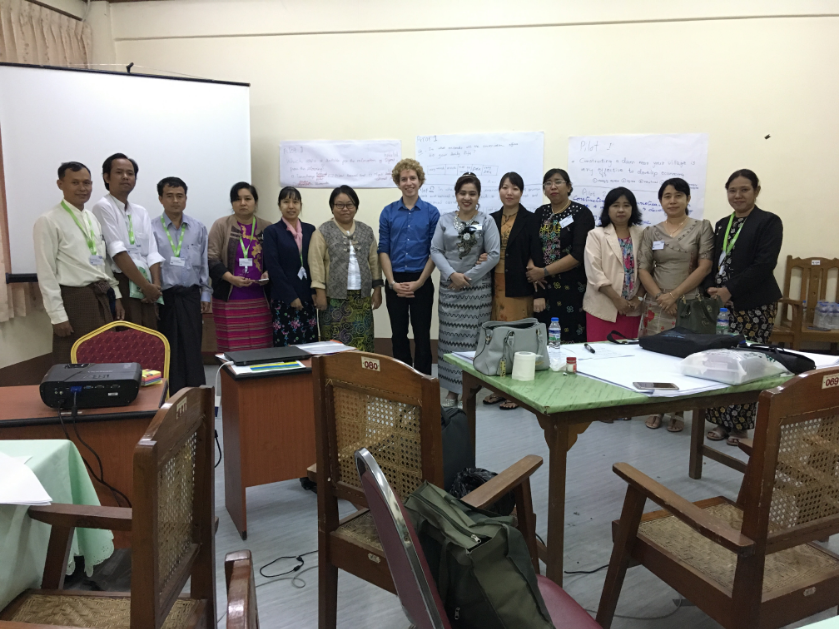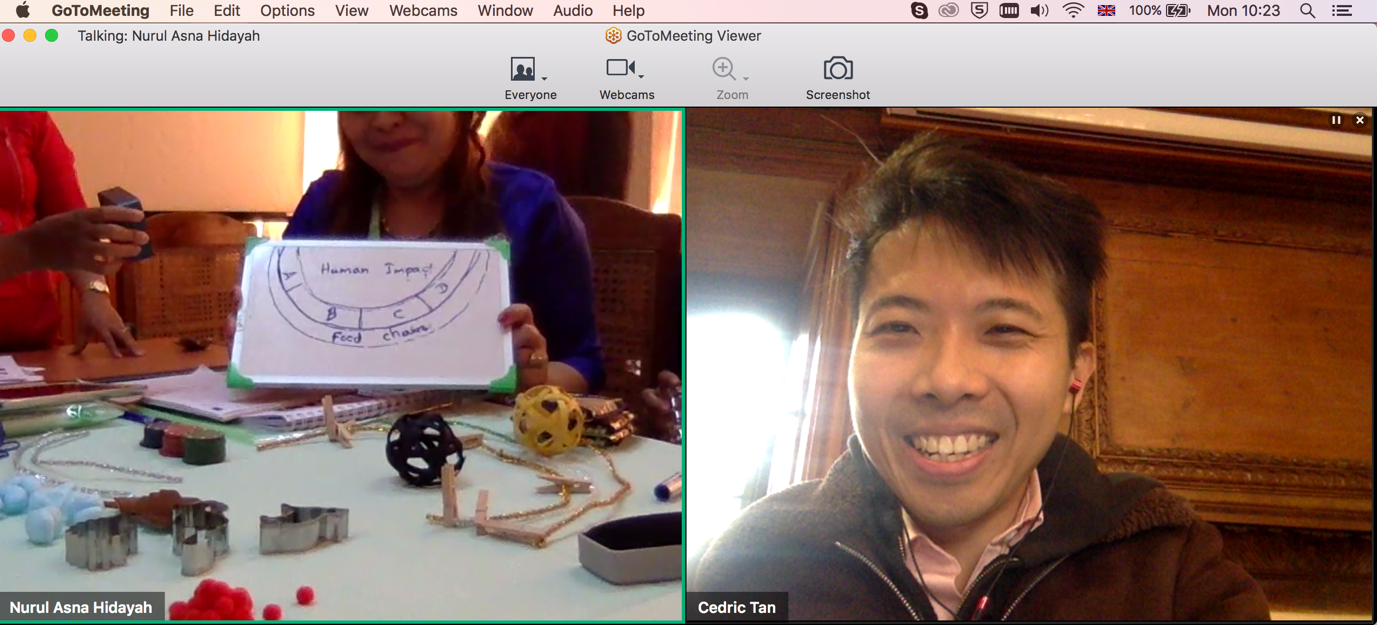News
WildCRU’s Innovative Teaching Methods Score a Hit in Myanmar
Two WildCRUers, Dr. Cedric Tan and Mr Kim Jacobsen, were invited to teach at this year’s (Transformation by Innovation in Distance Education) TIDE residential school at Mandalay University in Myanmar. The 60 workshop participants were lecturers from universities across Myanmar and they attended lessons on the environmental theme. This project runs in conjunction with the Department of Higher Education (DHE), Ministry of Education Myanmar and The Open University, The University of Manchester and Oxford University.
The topic of Kim’s teaching session was how to use social science in order to understand and avoid conservation conflicts, with cat conservation as the running theme. They began by discussing how ecological data are used for conservation planning, using WildCRU’s clouded leopard research as the case study. They then discussed how conservation of clouded leopard and other cat species interacted with social issues, before commencing on the group work. Each group was given a different big cat conservation scenario which they developed with three main topics of theory: survey design, piloting and data collection. Each topic began with theory, followed by role-play emulating real life survey situations where participants practised the skills covered. The team work, practical sessions and role play brought in lots of fun and laughter!
Using webinar, Cedric taught the participants how to play serious educational games. He was assisted by Nurul Asna, a past participant of the annual Wildlife Conservation Course (WCC) in Malaysia. During the session, teams of participants tackled mini-challenges to gain tools which they subsequently used create their own educational games.
This session received very positive reviews: Questionnaire ratings from 5 days of training averaged to 4.68/5 (Figure 1). Participants perceived that the tutor ran the activity well, explained the activity well and that the slides used were very informative (Figure 1). As an open-ended feedback, many thought that the teaching was interesting, educational and good (Figure 2).
 Figure 1: Participant’s perception of the teaching. 5 – a lot; 3 – average; 1 – very poor
Figure 1: Participant’s perception of the teaching. 5 – a lot; 3 – average; 1 – very poor
Nurul had some positive reflections: “This teaching opportunity has been a very wonderful experience to me. I have realized that language barrier is not a limitation as teaching and learning can still happen effectively when we utilize all available communication means, be it verbal or non-verbal gestures. Additionally, we also showed that “transboundary” learning can be engaging and effective with the support of current technology.”
-

-

-

-
 Figure 2: Word cloud of open-ended comments from participants
Figure 2: Word cloud of open-ended comments from participants





